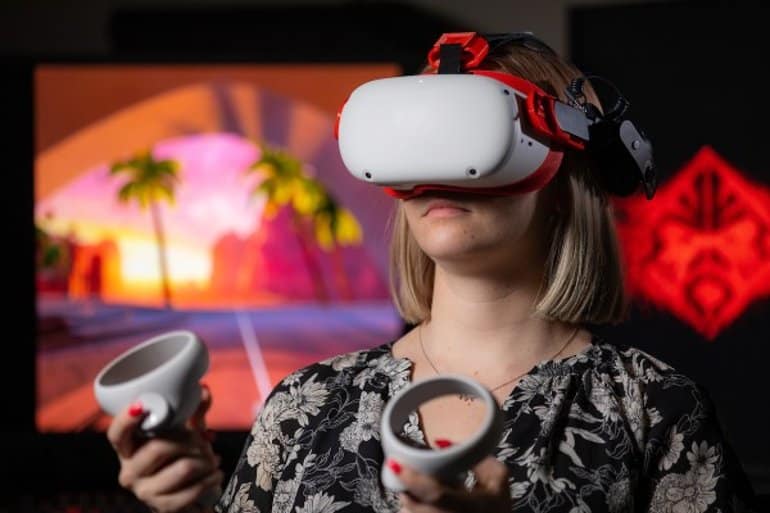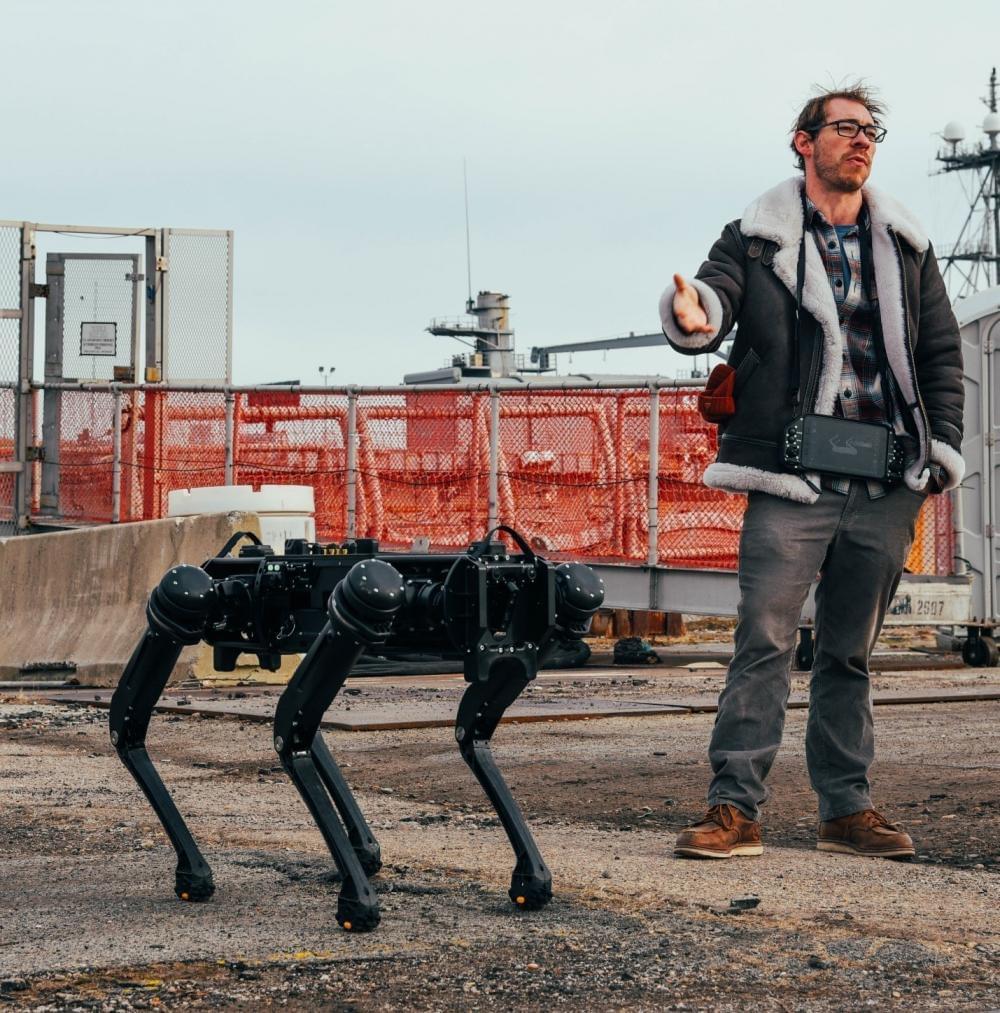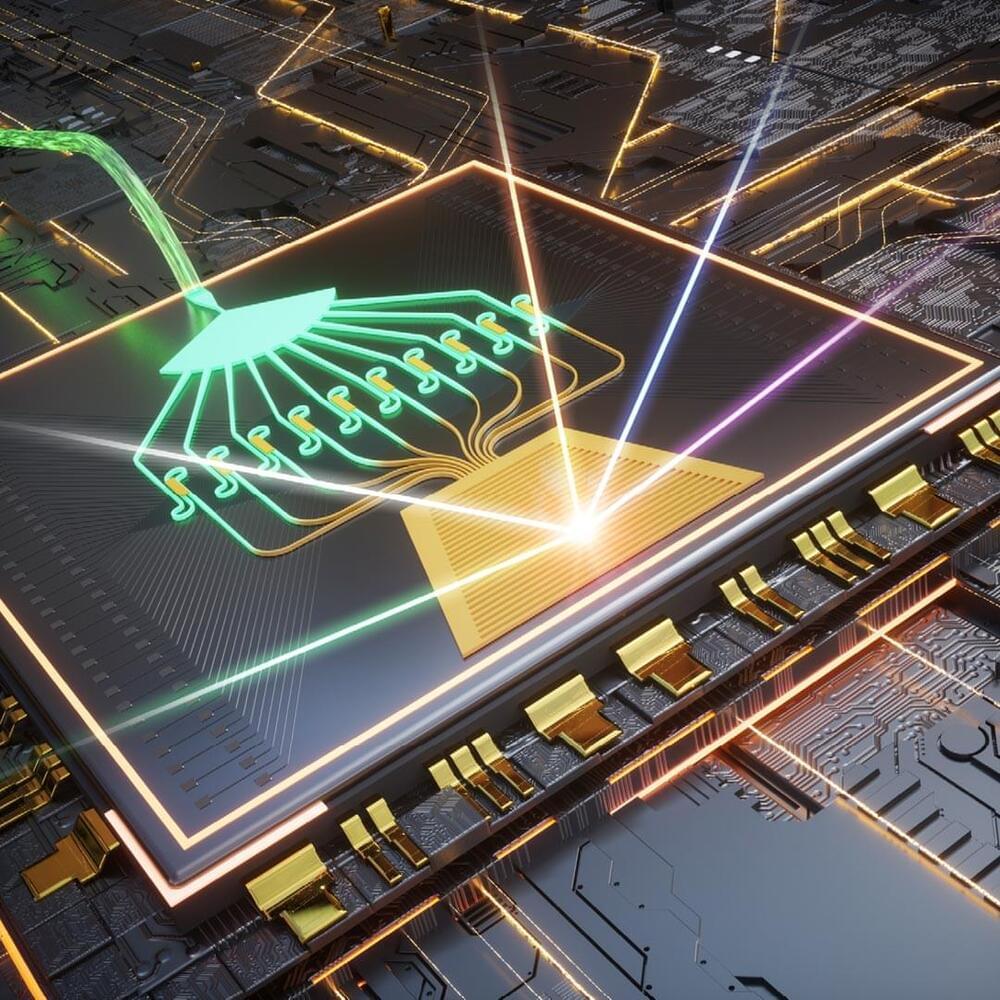Are you looking for the most recent Artificial Intelligence Trends? Artificial intelligence will have advanced far enough to become the most revolutionary technology ever devised by man. Artificial intelligence (AI) is progressing at an alarming rate. At the moment, new technical applications and systems are being employed to imitate, extend, and expand human intelligence.
Curious to know more? stay connected for that as we dive deeper!
🔔 Subscribe now with all notifications on for more information about the Technologies of the Future humanity has to offer.
#Robot #ai #artificialintelligence #ainews #futuretech #futurity #robotics #humanbrain.
About AI Innovation!
🎥 Videos about Artificial Intelligence, Robots, Longevity, Virtual reality and more Technologies of the Future.
✏️Written, voiced and produced by AI Innovation.
🔔 Subscribe now for more news about the Technologies of the Future humanity has to offer.
💼 Business Inquiries and Contact.






